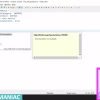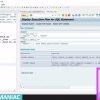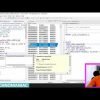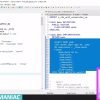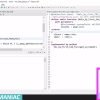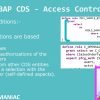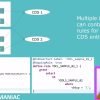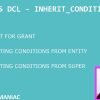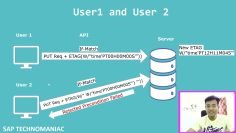This video is a continuation of the previous one, focusing on advanced topics related to Core Data Services (CDS) in SAP HANA. The presenter delves deeper into the creation and usage of CDS views, particularly in the context of ABAP Development Tools (ADT).
After watching this video, you will learn:
- The concept of CDS Associations and how they can be used to join tables in a CDS view. The presenter demonstrates this by creating an association between the VBAK and VBAP tables using the “_to_one” and “_to_many” keywords. This allows for the retrieval of data from both tables in a single CDS view.
- How to use the “on” keyword to specify the join condition in an association. The presenter shows how to join the VBAK and VBAP tables on the sales document number.
- The use of the “cardinality” keyword to define the cardinality of an association. The presenter explains that the cardinality can be one-to-one, one-to-many, or many-to-one.
- The creation of a CDS view with parameters. The presenter creates a CDS view with a parameter for the sales document type, allowing for the retrieval of data for a specific document type.
- The use of the “@Environment.systemField: #CLIENT” annotation to include the client field in a CDS view. The presenter explains that this annotation is necessary because the client field is not automatically included in a CDS view.
- The use of the “cast” function to convert a field to a different data type. The presenter demonstrates this by converting the sales document number from a numeric to a character data type.
- The use of the “concat” function to concatenate fields in a CDS view. The presenter shows how to concatenate the sales document number and the item number into a single field.
- The use of the “filter” keyword to filter data in a CDS view. The presenter demonstrates this by creating a filter for the sales document type.
This video is highly detailed and practical, showing each step at the system level. It is intended for those who have a basic understanding of CDS views and wish to learn more advanced topics. The presenter uses clear examples and explanations to make complex topics easy to understand.







